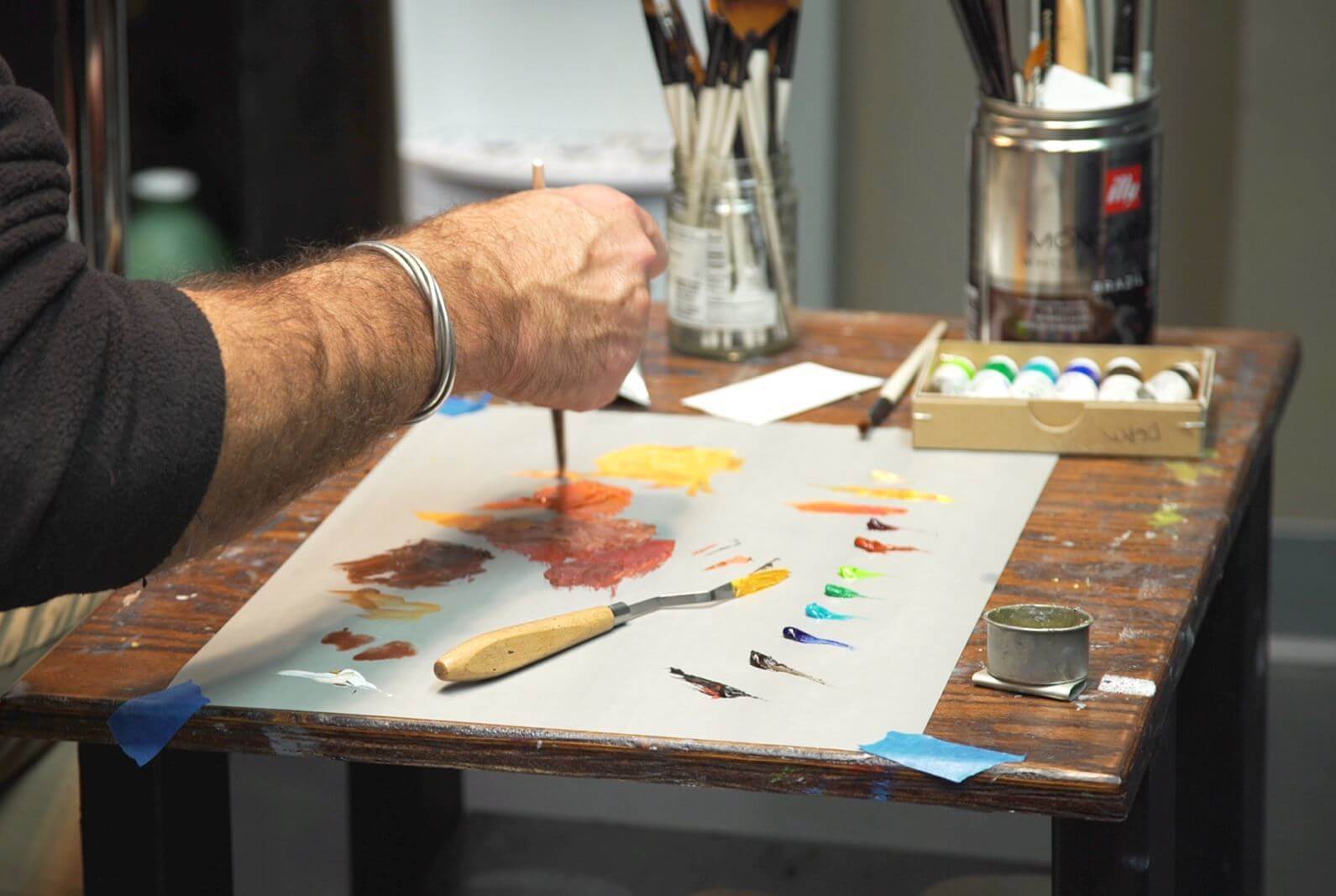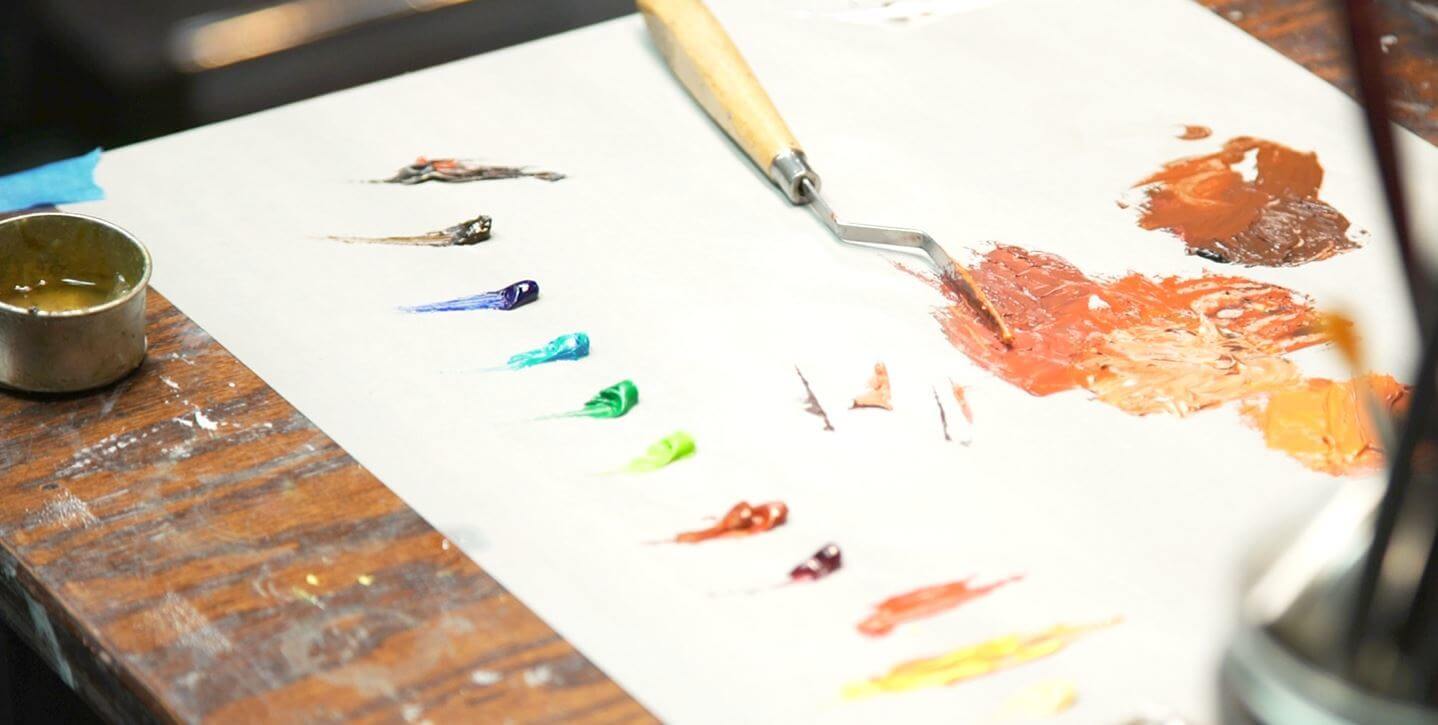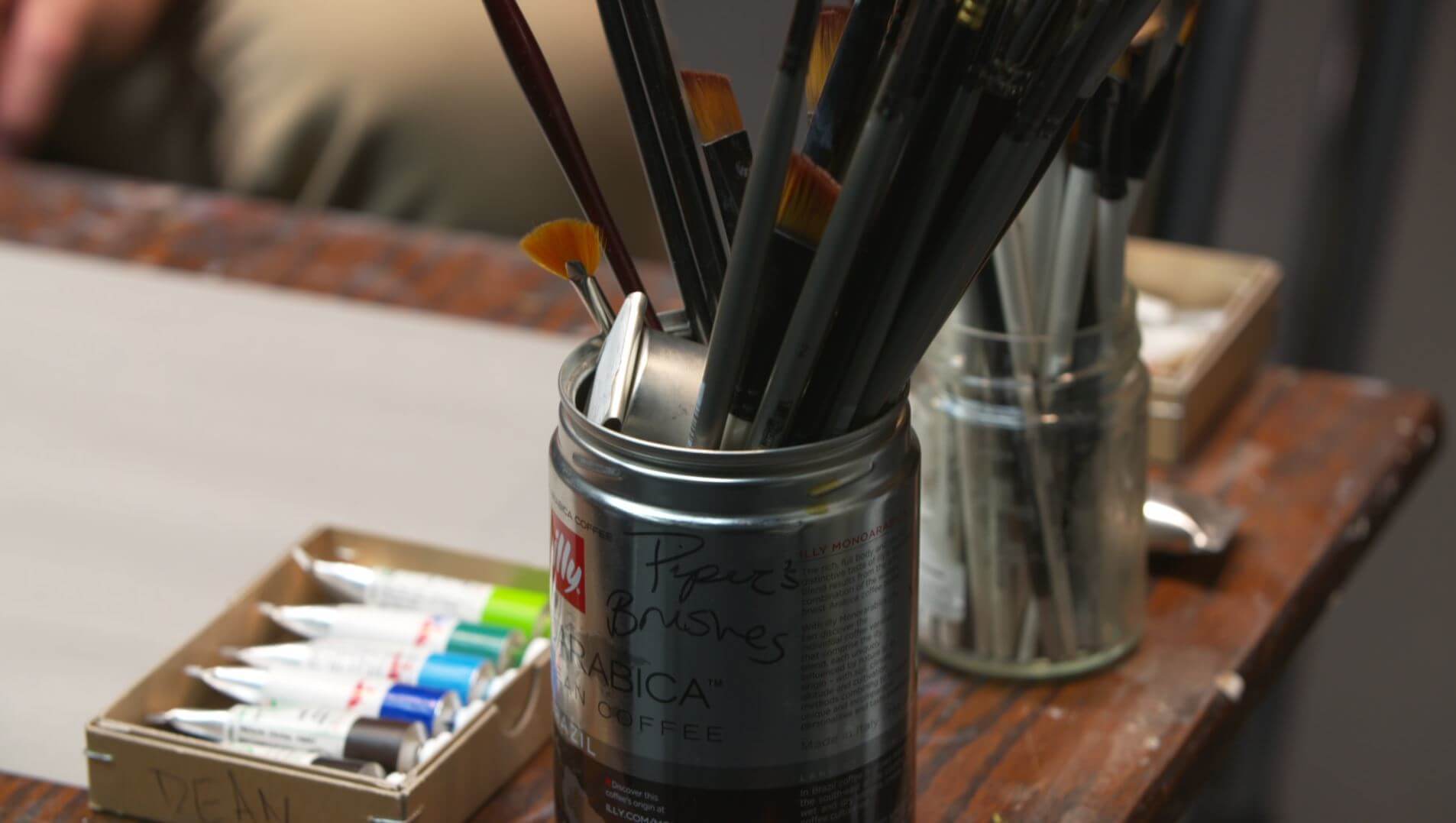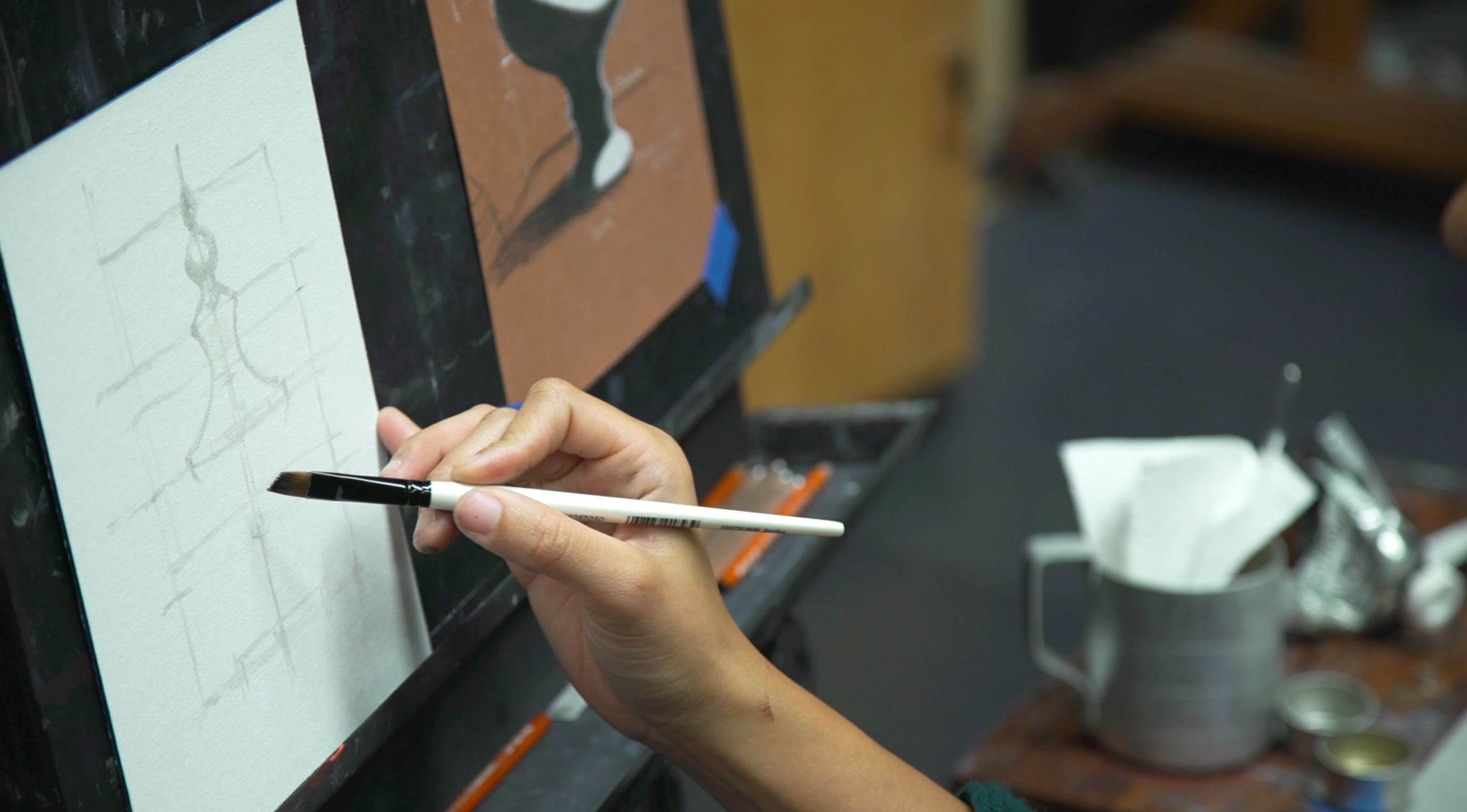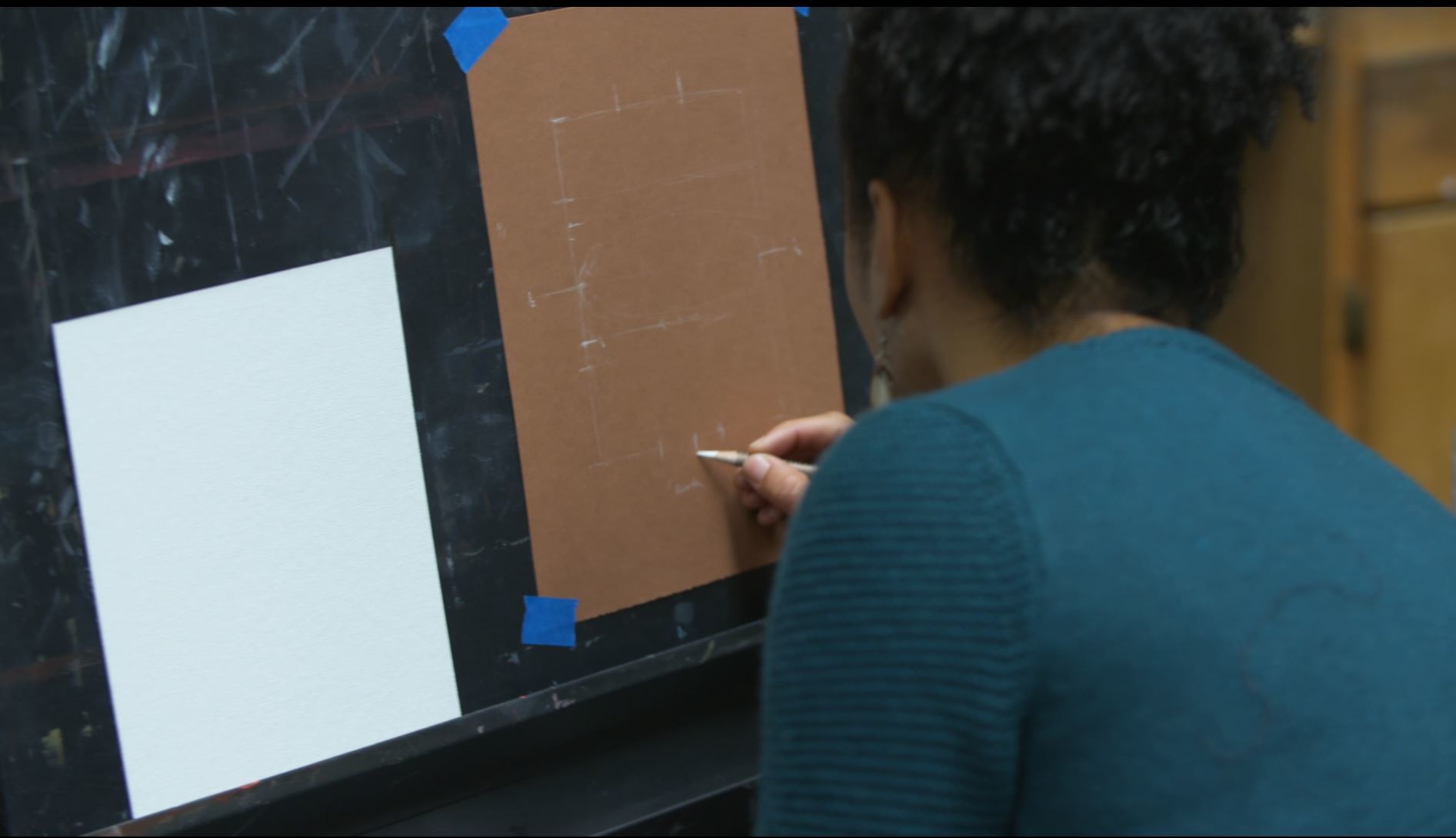
Drawing Techniques: How to Measure and Draw Anything Accurately
DRAWING TECHNIQUES: HOW TO MEASURE AND DRAW ANYTHING ACCURATELY
“Being able to draw what you see is the ultimate skill. Each Evolve student learns to paint from photographs and real life.”
-Kevin Murphy


